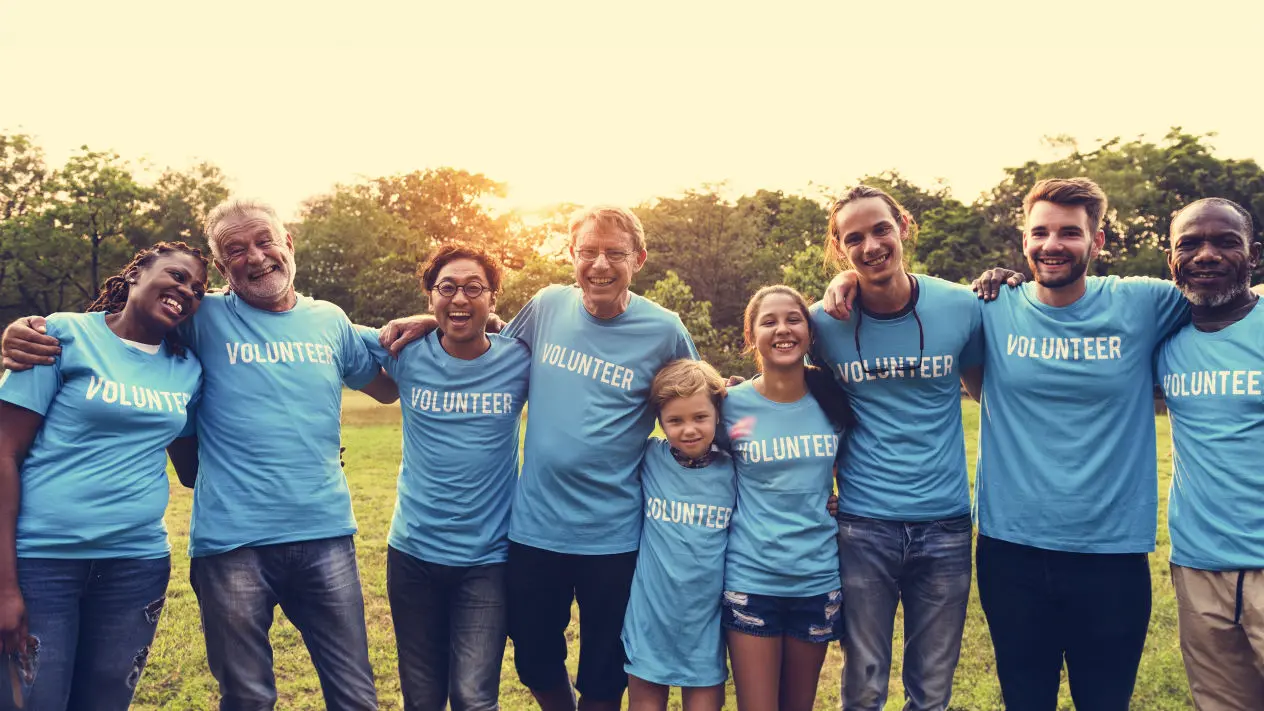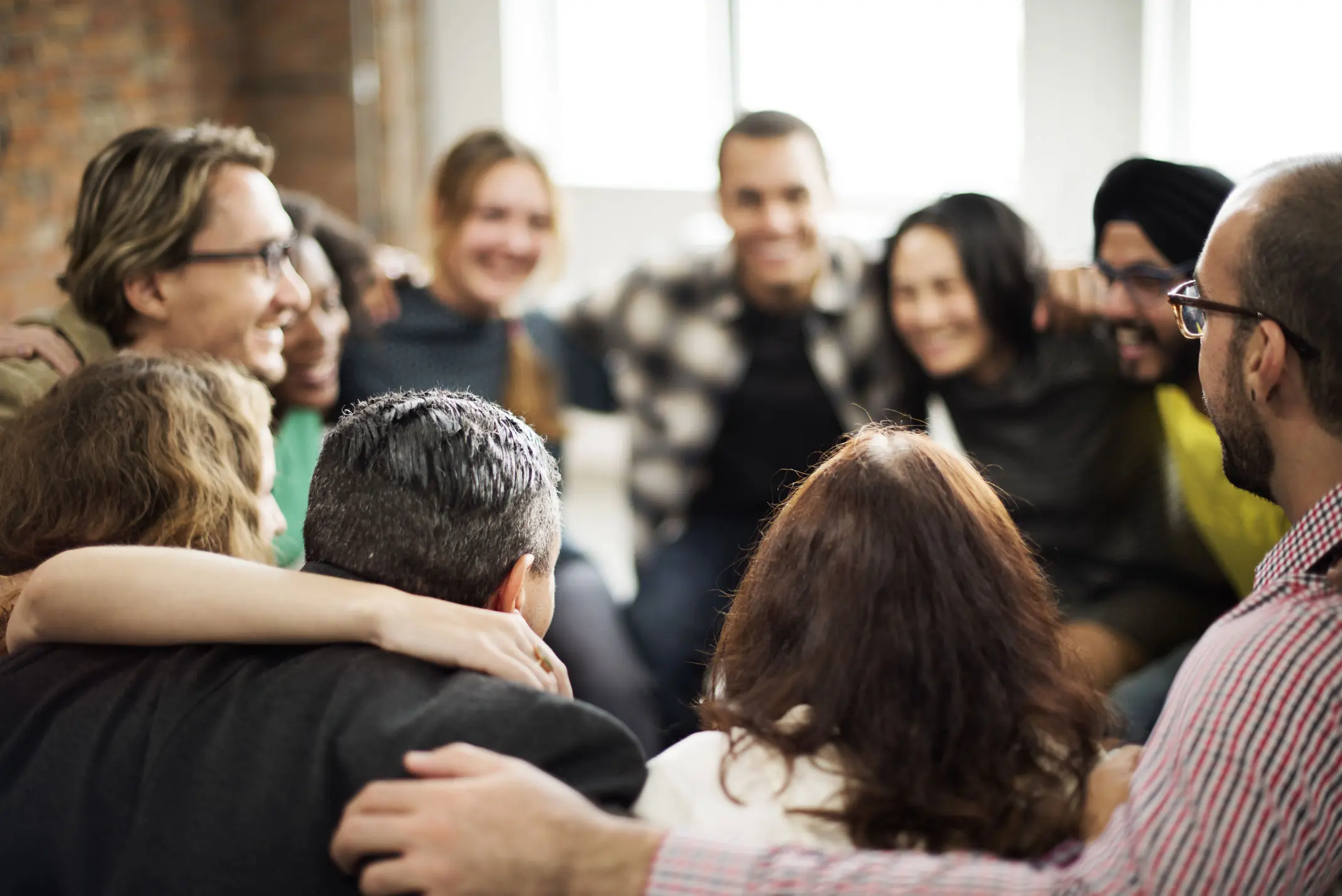

As you explore Oklahoma City’s cultural landscape, you’ll discover an arts scene that rivals cities twice its size—yet remains refreshingly accessible and authentic. Unlike the velvet-rope pretension of some coastal metros, OKC’s arts community welcomes physicians and families with genuine warmth, whether you’re at a black-tie gala at the Civic Center or strolling First Friday gallery walks. A decade of cultural renaissance has delivered world-class exhibitions, Broadway productions, and innovative local expression—without crushing crowds or astronomical ticket prices.
Begin at the Oklahoma City Museum of Art (OKCMOA), where the world’s most comprehensive public collection of Dale Chihuly glass signals the city’s artistic ambition. Ascend the grand staircase surrounded by vivid glass forms—museum-caliber presentation on par with the Met or MoMA, but with the rare luxury of truly seeing the art. The permanent collection spans Georgia O’Keeffe, Pierre-Auguste Renoir, and Marcel Duchamp, while rotating exhibitions from prestigious institutions keep your lunch-break visits fresh all year.
The Civic Center Music Hall—Art Deco grandeur restored—hosts 250+ performances annually for 300,000+ patrons. Settle into the Thelma Gaylord Performing Arts Theatre for the latest Broadway tour—same shows fresh from NYC, but with better sightlines, easy parking, and humane pricing. Seven resident companies create a cultural density most mid-sized cities envy.
The Oklahoma City Philharmonic, led by Alexander Mickelthwate, delivers sophisticated classical & pops seasons—without requiring a second mortgage for season tickets. Oklahoma City Ballet balances classics and contemporary work (including culturally resonant productions like Día de los Muertos), reflecting a metropolis that celebrates diversity through art.
The Paseo Arts District (since 1929) pairs bohemian soul with walkable 20+ galleries, artisan shops, and studios. On First Friday, streets transform into an open-air celebration—artists, live music, family-friendly art stations, and eclectic dining—all in a truly working arts community, not a manufactured façade.
Minutes away, the Plaza District brings a grittier, contemporary vibe—converted garages housing galleries, vintage boutiques, and inventive eateries. The annual Plaza District Festival draws 20,000+ for a snapshot of OKC’s creative evolution: food trucks beside galleries, bands on multiple stages, and conversations about abstract art that feel natural, not performative.
The Asian Night Market Festival gathers 25,000+ over two October nights in Military Park—lion dances, taiko drums, K-pop, and authentic cuisine celebrating communities that have enriched OKC since the Vietnamese diaspora of 1975. Your children will be captivated by martial arts demos while you discover that OKC’s Vietnamese cultural footprint is among the nation’s most vibrant.
Year-round festivals turn neighborhoods into cultural classrooms: the Festival of the Arts welcomes 750,000 each April; Edmond Arts Festival spotlights regional creators; and physician families often buy directly from artists—relationships that outlast a single show.
Science Museum Oklahoma spans 390,000 sq ft—one of the nation’s largest hands-on science centers. The Kirkpatrick Planetarium, Tinkering Garage, and CurioCity transform STEM from obligation to obsession for young minds (and their physician parents).
At the Museum of Osteology, America’s only skeleton museum, 300+ skeletons make anatomy engaging and memorable. Meanwhile, the American Banjo Museum preserves a uniquely American art form with the world’s largest public banjo collection—niche, proud, and pure OKC.
What sets OKC apart is accessibility—financial and physical. Philharmonic season tickets can cost less than a single night at Lincoln Center. Thanks to the Chickasaw Nation, children under 18 visit OKCMOA free. Thursday nights bring $5 admission and rooftop sunsets. Culture here is a community resource, not a luxury good.
Venues sit close to major medical campuses, so you can catch a noon lecture, a ballet rehearsal, or an exhibition preview without logistical gymnastics. Parking is easy, crowds are reasonable, and conversations about Chihuly over coffee feel delightfully normal.
In Oklahoma City, cultural engagement is authentic, effortless, and enriching. From introducing your children to their first ballet to discovering emerging artists in Paseo or feeling the energy of the Asian Night Market, you’ll find a community that welcomes your participation and elevates your family’s life—turning OKC from a place you practice medicine into a city where you truly thrive, culturally and intellectually.


As you establish your medical practice in Oklahoma City, you’ll encounter a remarkably diverse religious landscape that welcomes physicians and families from every faith tradition. Rather than existing in isolation, houses of worship collaborate through interfaith initiatives, community service, and shared commitments to healing and social justice—values that resonate deeply with medical professionals. Whether you seek a spiritual home, continuity of lifelong traditions, or a richer understanding of your patients’ beliefs, OKC offers both the diversity of a major metro and the warm hospitality of tightly knit communities.
While 66% of Oklahoma adults consider themselves highly religious—with significant Baptist (40%), Methodist (14%), and Catholic (10%) populations—OKC’s spiritual landscape has expanded dramatically in recent decades. Today, nine Buddhist temples, four mosques, two Hindu temples, and six synagogues thrive alongside hundreds of Christian churches. This is authentic, organically grown diversity—from Vietnamese refugees establishing Buddhist temples after 1975 to the growth of Hindu communities serving medicine and technology.
Life.Church, founded by Craig Groeschel in Edmond in 1996, has grown into one of America’s largest churches while maintaining an approachable atmosphere valued by healthcare professionals. Contemporary worship, robust children’s programs, and a best-in-class digital platform help busy physicians stay connected even on call weekends.
For liturgical worship, St. Patrick Catholic Church reflects OKC’s vibrant Catholic presence, offering Mass in English and Spanish and a strong culture of service. The Archdiocese of Oklahoma City includes historic parishes such as St. Joseph’s Old Cathedral and suburban anchors like Christ the King and St. Eugene, alongside schools (e.g., Bishop McGuinness Catholic High School) that draw many physician families.
Temple B’nai Israel (Reform) anchors OKC’s Jewish community with vibrant Shabbat services, a comprehensive Hebrew school, adult learning, and social justice work that appeals to physicians who value tikkun olam. Conservative and Chabad congregations ensure worship options across the spectrum.
The Islamic Society of Greater Oklahoma City (ISGOC) serves a diverse congregation—including many physicians—offering Jummah prayers, Quran classes, Arabic instruction, and youth programs. OKC’s Muslim presence extends through university areas like Norman and Edmond, creating a robust network of mosques and community services.
Established in 1989, the Hindu Temple of Oklahoma has grown alongside OKC’s community of Hindu physicians and professionals. Major festivals such as Diwali and Holi bring families together for puja, culture, and community education (Sanskrit, classical dance, and philosophy). The Nithyanandeshwara Vedic Temple supports South Indian traditions and celebrations.
The Oklahoma Buddhist Vihara (Theravāda) offers meditation instruction open to all—a practical, restorative outlet for clinicians. Vietnamese Buddhist temples, established after 1975, sustain both spiritual practice and cultural heritage, enriching OKC’s wider community.
OKC’s faith communities excel in collaboration beyond coexistence. Leaders routinely partner on interfaith dialogues, joint service projects, and crisis response. During the COVID-19 pandemic, churches, mosques, synagogues, and temples coordinated testing, vaccination, and support—often led by physician congregants.
The annual Interfaith Youth Tour invites students to visit multiple houses of worship, cultivating real understanding that outlives any single event. In hospitals, multi-faith chaplaincy teams provide patient-centered spiritual care aligned with each person’s beliefs.
Newcomer welcome programs in many congregations help relocating physicians integrate quickly—beyond attendance to authentic community. Physician mentors often guide new families through both spiritual and practical transitions to Oklahoma City life.
Whether you’re drawn to the innovative worship at Life.Church, the enduring traditions of Temple B’nai Israel, the community focus of ISGOC, or the restorative practices at the Oklahoma Buddhist Vihara, OKC’s faith communities offer genuine spiritual engagement that complements, rather than complicates, a demanding medical career. Here, physicians find not just places to worship—but spiritual homes that sustain families through every season of practice.
